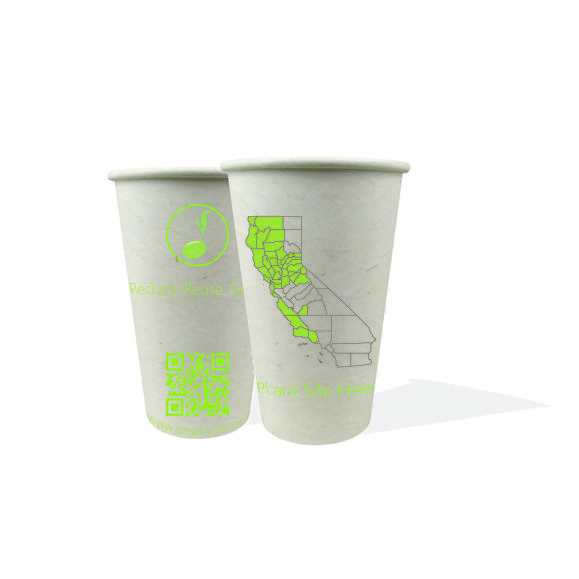South Indian filter coffee is a strong, milky coffee decoction that’s made with a stainless steel coffee filter, and served in a traditional dabarah and tumbler. In a country where instant coffee is the norm, this method of brewing coffee is often preferred, because it produces a much better cup than instant coffee. If you’re interested in making South Indian coffee at home, here’s how.
Tradition Calls for a Coffee Filter and Dabarah
Traditional South Indian filter coffee is made with what’s called a “coffee filter,” although this piece of equipment looks nothing like a paper filter. The coffee filter consists of two cups, one that nests on top of the other. The upper cup holds the coffee grounds, and it has holes that let the brew drip into the lower cup. The strong decoction is collected in the lower cup. There is also a pressing disc for tamping the grounds and a lid for keeping the decoction warm while brewing.
Once the coffee is brewed, it’s poured back and forth between a dabarah and tumbler to cool it. This process also mixes in the sugar and hot milk, and it aerates the decoction. (This method of aeration produces a different type of foam than steam does.) The dabarah is a small metal cup with a lip that doesn’t get too hot. The tumbler is a slightly wider and shorter bowl-shaped vessel.
The pouring back and forth between the dabarah and tumbler has given rise to another name for this coffee, meter coffee. Other names for the beverage include Kumbakonam degree coffee, Mylapore filter coffee, Madras kaapi and kaapi, which is a South Indian phonetic approximation of “coffee.”
After it’s been cooled to drinking temperature, the decoction is served in the dabarah, which is set in the tumbler.
How to Make Traditional South Indian Filter Coffee
To make South Indian filter coffee, you will need:
- a coffee filter
- a dabarah and tumbler
- a small pot
- 3 Tbsp. coffee powder, or extremely finely ground coffee
- milk
- sugar
To make the decoction, follow these steps:
- Place the coffee powder in the upper chamber of the coffee filter, and lightly tamp the powder using the pressing disc. Leave the disc in place after tamping. (Tamping mainly ensures that the coffee powder is even in the chamber. The powder shouldn’t be tamped as hard as espresso grounds.)
- Place the upper chamber on the lower one, and fill the upper chamber with boiling water.
- Cover the coffee filter, and let it brew for 10 to 15 minutes.
- While the decoction is brewing, heat milk to a boil on the stove.
- When the decoction is finished, pour 1 to 2 Tbsps. of the decoction into the dabarah, and then fill the dabarah with milk. Add your desired amount of sugar.
- Pour the mixture back and forth between the Dabarah and tumbler, using high arcing motions to pour, until the coffee is cool enough to drink.
- Serve in the dabarah, setting it in the tumbler.
Optionally, roasted chicory can be added to the coffee powder. The coffee powder can be up to 20 to 30 percent chicory. Adding chicory will slightly increase the brewing time, which will make the final decoction slightly more extracted.
Even though only a tablespoon or two of the decoction is used in the final beverage, the coffee is quite strong. Without milk added, the decoction is stronger than espresso.
Learn More About How Coffee is Enjoyed Throughout the World
There are many different ways coffee is made throughout the world. For instance, cold-brew and iced coffee is made differently in Japan, New Orleans, and Thailand and Vietnam. India also has its own way of making cold coffee, as well as its own way of making hot coffee. Learning how coffee’s made in different regions can be both fun and informative. Try making your own South Indian filter coffee, and see if you don’t learn something. If you do, find us on Twitter and let us know.

